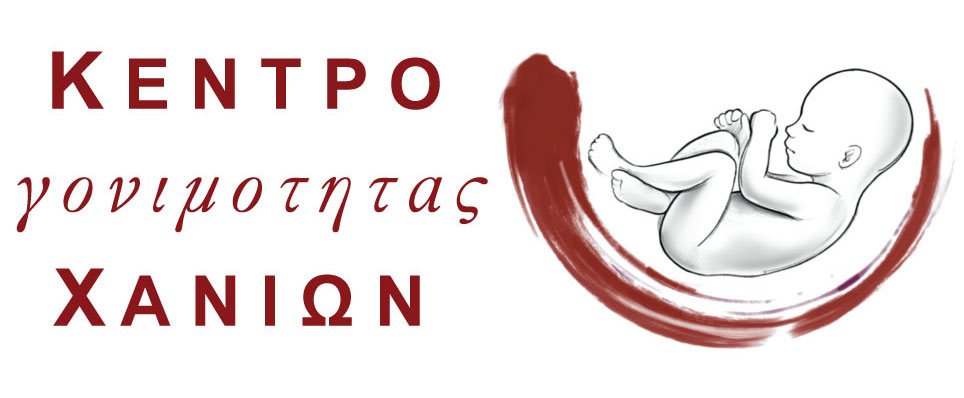
Embryo Cryopreservation
Embryo cryopreservation, or embryo freezing, is the procedure of freezing and storing fertilized eggs for future use.
Why would I decide to freeze embryos?
Many embryos can be produced during a successful in vitro fertilization (IVF) cycle; some people decide to freeze the additional embryos in anticipation of starting a family in the future.
Preimplantation genetic testing (PGT) patients usually freeze their embryos following testing because findings might take up to a week to come in.
Another method that can help protect future fertility is freezing embryos. Some of the patients who opt for this operation are undergoing reproductive-related medical interventions such as hormone therapy, cancer treatment, gender affirmation surgery, or other medical procedures.
In certain cases, you may freeze your embryos in order to reduce the possibility of developing ovarian hyperstimulation syndrome, a disorder that would worsen during pregnancy. If some hormone levels are excessively high during the IVF cycle, it could also be advised to help boost the likelihood of conception.
How should I get ready to freeze my embryos?
Our medical team will check your hormone levels and do an ultrasound to make sure your ovaries are prepared for the process before beginning a cycle to harvest eggs to develop embryos. After that, you’ll receive injections of drugs that encourage the growth of several follicles in the ovaries, which produce eggs that are readily extracted.
The procedure of embryo cryopreservation
Our medical team will collect eggs via an outpatient procedure known as egg retrieval that is carried out under mild sedation if the fertility specialist decides you are ready. The quantity of eggs gathered is contingent upon how you react to hormone therapy. Unfertilized eggs can be frozen.
Then, the embryologist of Chania Fertility Centre fertilizes one or more of the retrieved eggs with donor or partner sperm to form an embryo (a fertilized egg). For five to seven days, the embryo is watched as it develops in a petri dish. Embryos can now be sampled for genetic testing, particularly if the donor, whether egg or sperm, is known to carry specific genetic abnormalities. To identify the embryos that have the best chance of growing after being implanted, they are rated.
The highly graded embryos can be frozen at this stage. This procedure, also known as vitrification, uses liquid nitrogen flash-freezing to avoid the creation of ice crystals that could harm the embryo’s cells and substitute the water in the embryo cells with a protective fluid.
To what extent might embryo cryopreservation lead to a pregnancy?
The age of the woman at the time the embryos are generated has a significant impact on her chances of becoming pregnant after embryo transfer. The procedures with the best probability of success are those utilizing eggs taken from individuals 35 years of age or younger. More than 95% of frozen embryos make it through the thawing phase.
Where are embryos kept in a frozen state?
Commercial reproductive medicine centers or hospital facilities typically house and monitor frozen embryos. For ten years or more, they can be stored safely.




